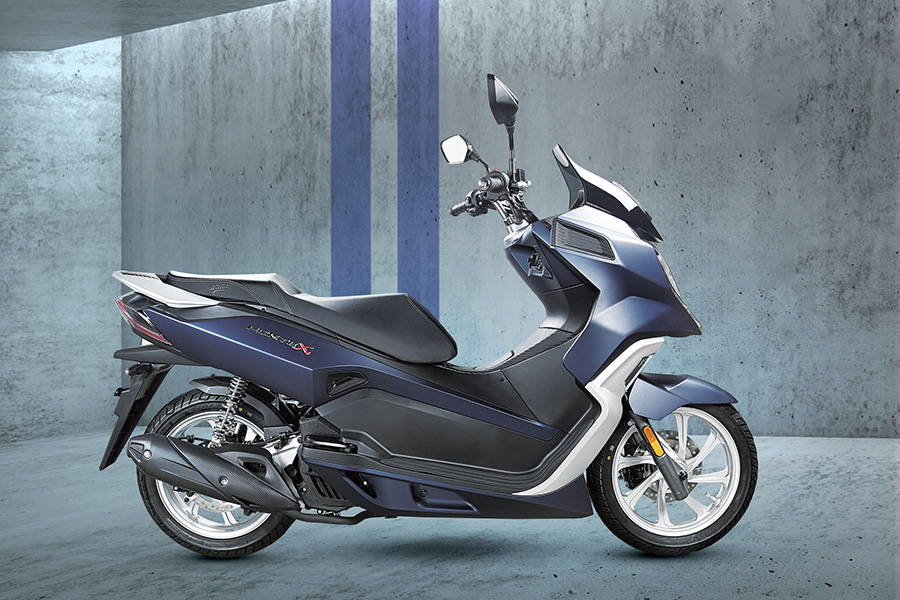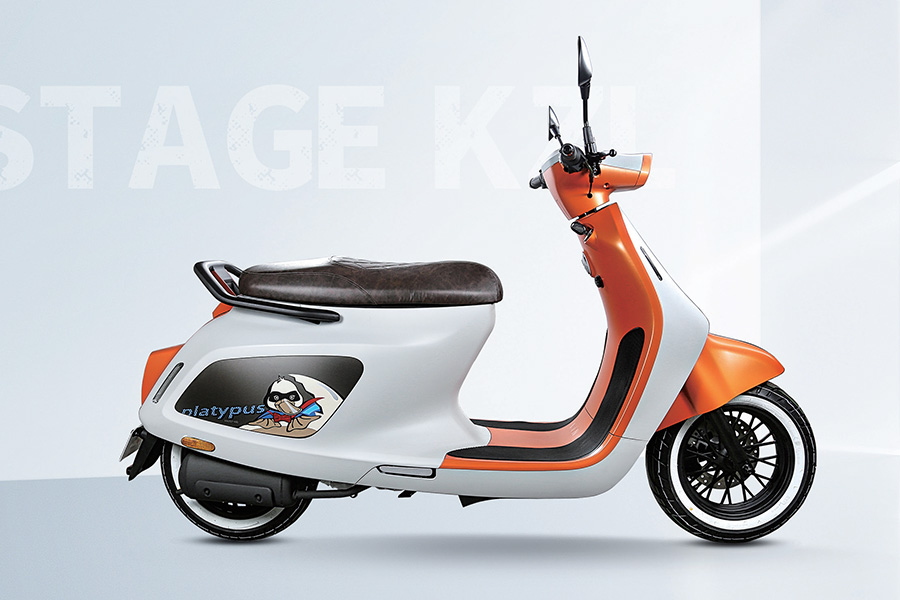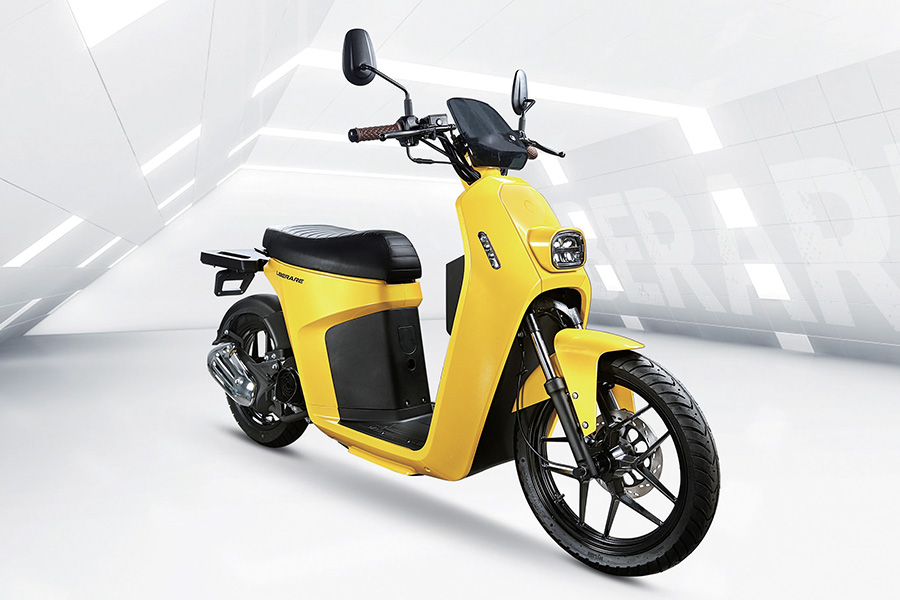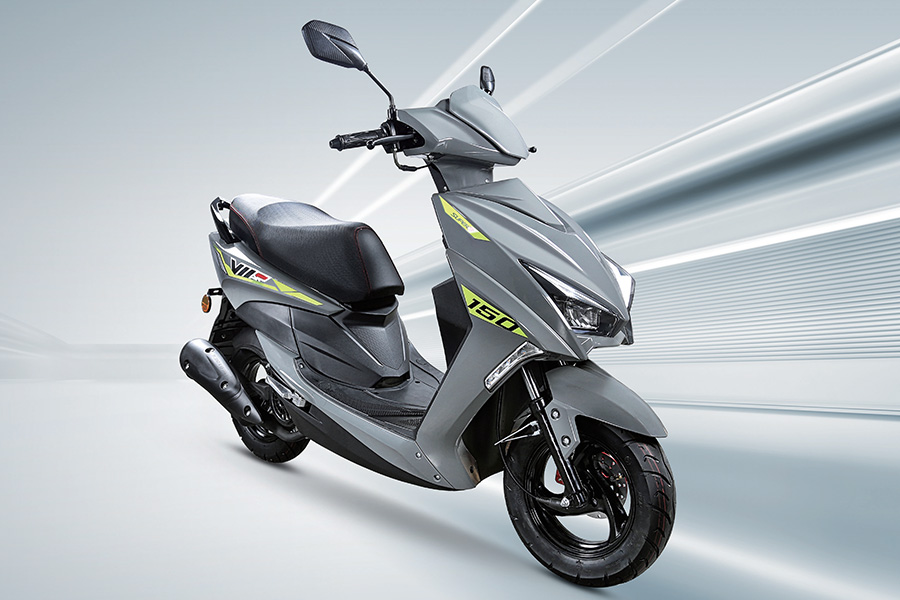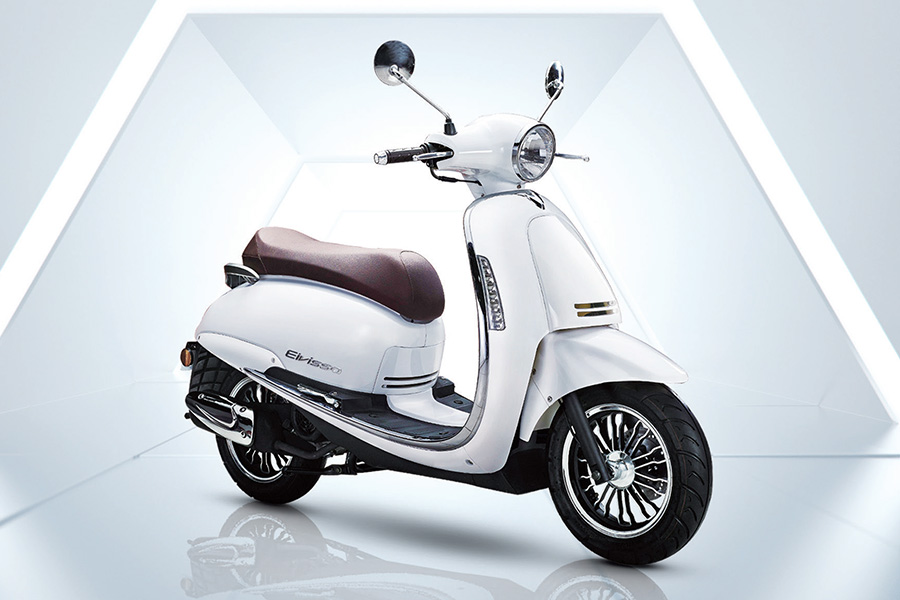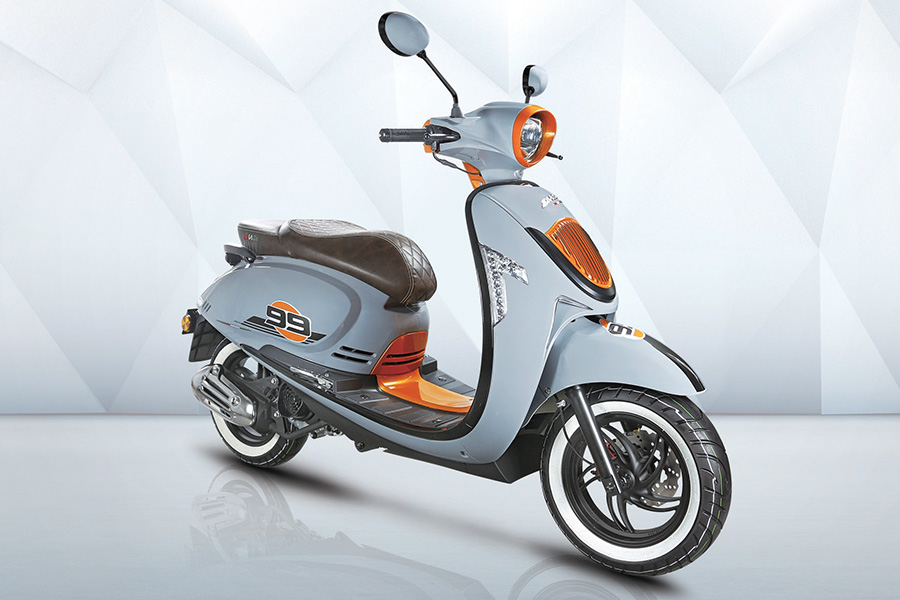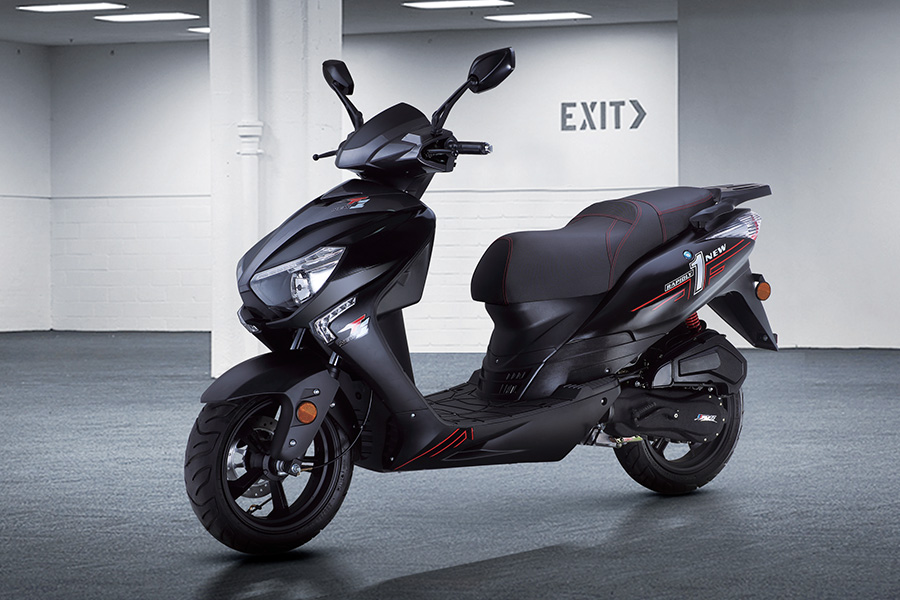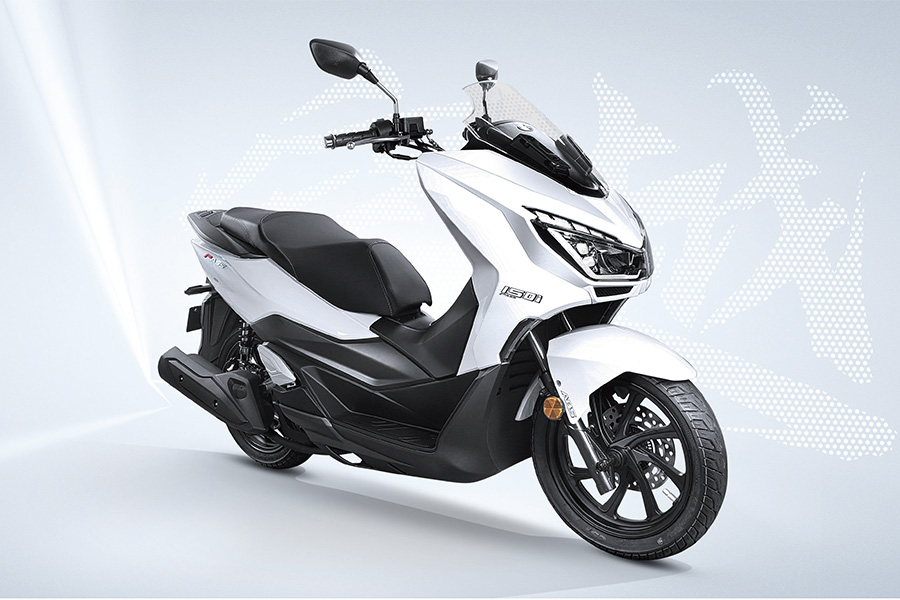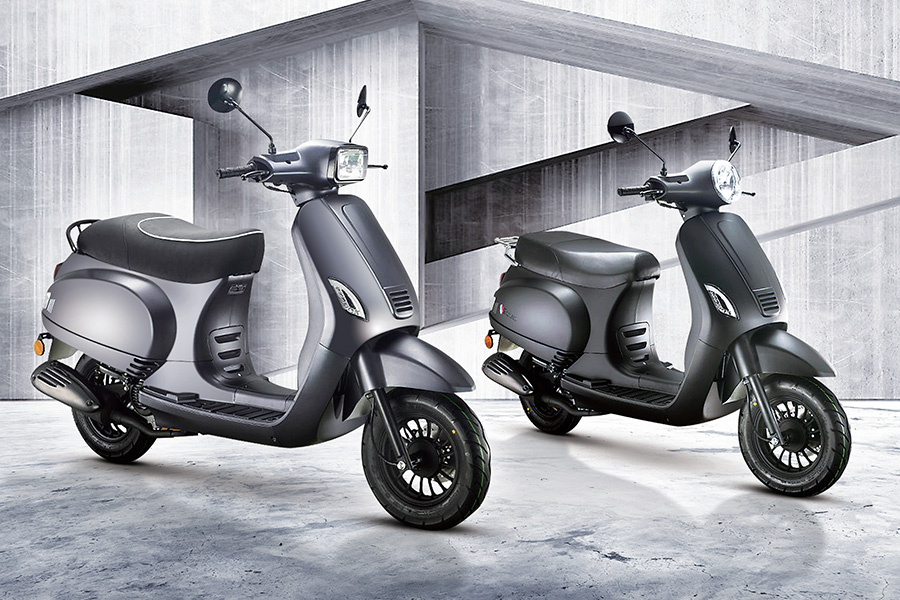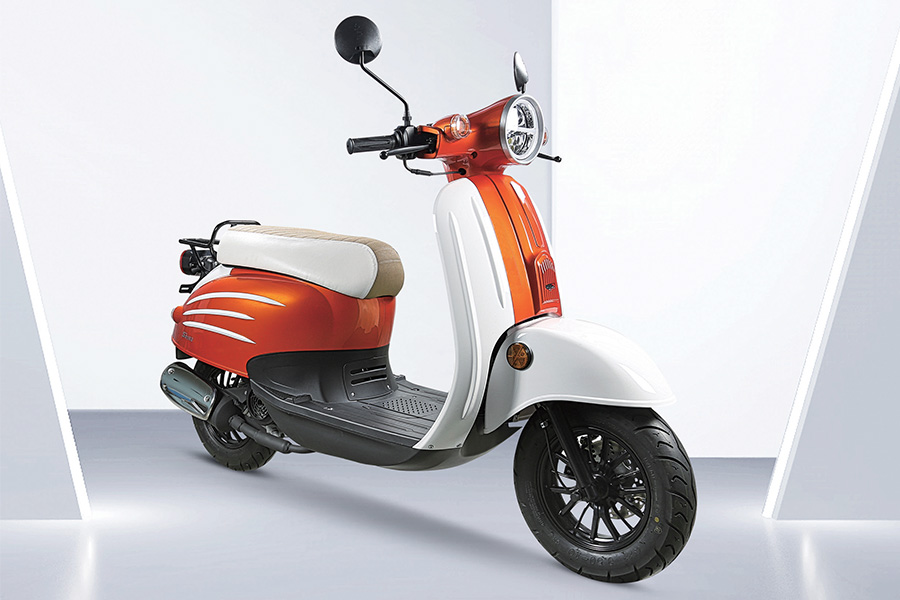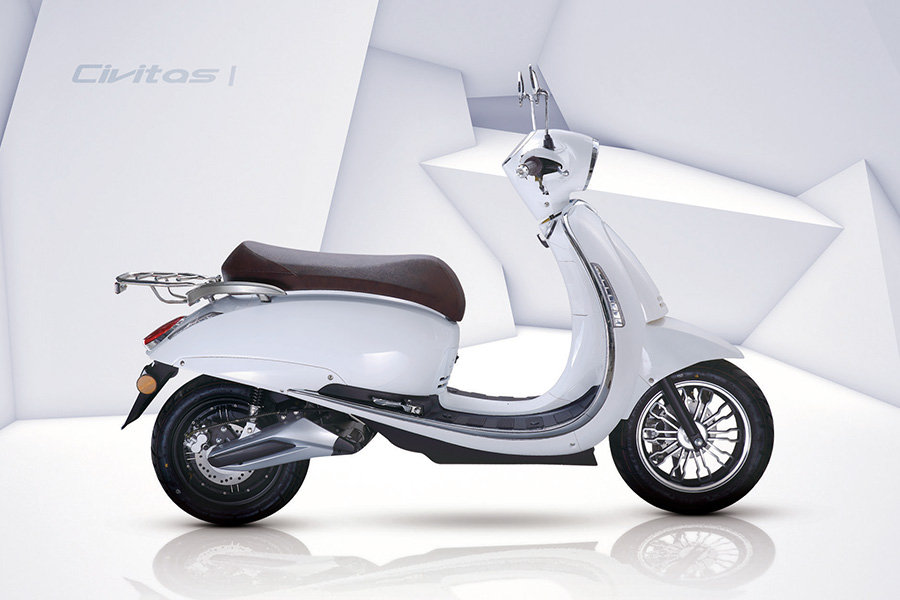The electric vehicle (EV) landscape is evolving rapidly, and a surprising trend has emerged at the center of this transformation: the rise of Cheap Electric Mid-drive Motor Scooter Mopeds. Once considered niche, these budget-friendly two-wheelers are now carving out a significant space in the personal transportation sector, offering a compelling combination of cost-efficiency, eco-friendliness, and performance.
A good Storm of Demand
Rising fuel prices, urban congestion, and increasing environmental awareness have driven demand for alternative modes of transport. For many urban commuters, traditional mopeds and scooters—while convenient—are no longer economically or environmentally viable. Enter Cheap Electric Mid-drive Motor Scooter Mopeds, which have become an accessible solution for a wide demographic, from students and gig workers to delivery services and budget-conscious commuters.
The “mid-drive” design, where the motor is mounted near the crank or gearbox, offers better weight distribution and improved torque compared to the more common hub-motor setup. This design not only delivers smoother handling but also allows for better performance on inclines and varied terrain—features that urban riders increasingly value.
Technology Meets Affordability
Until recently, mid-drive motor technology was typically reserved for high-end e-bikes and scooters due to its complexity and cost. However, a surge in innovation and manufacturing scale—especially in Asia—has made it feasible to produce Cheap Electric Mid-drive Motor Scooter Mopeds without compromising on essential features.
Growing Market Footprint
According to a 2025 report by Global EV Insights, sales of Cheap Electric Mid-drive Motor Scooter Mopeds grew by 36% globally from 2023 to 2024, with Southeast Asia, Europe, and urban parts of the U.S. seeing the high growth rates.
“Consumers are prioritizing value and practicality,” said Tasha Lin, an EV analyst with the firm. “Cheap Electric Mid-drive Motor Scooter Mopeds hit a sweet spot: low upfront cost, low operating cost, and decent performance for everyday use.”
In developing countries, where two-wheelers dominate the transportation market, these scooters offer an opportunity to leapfrog traditional internal combustion engines entirely. Government subsidies and urban mobility incentives have further accelerated adoption.
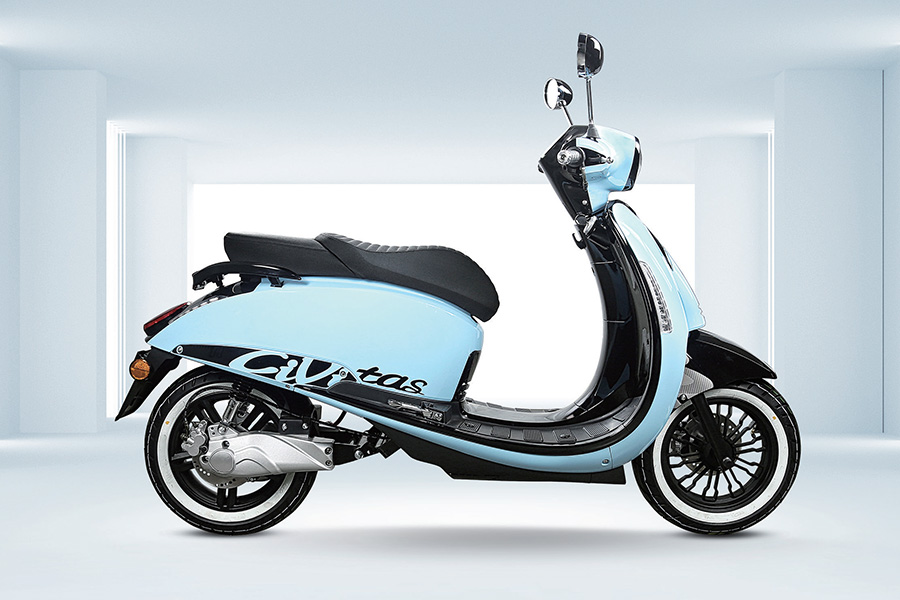
Challenges Ahead
Despite their growing popularity, Cheap Electric Mid-drive Motor Scooter Mopeds face several challenges. Durability and maintenance of lower-cost components remain a concern. While mid-drive systems offer better performance, they can be more mechanically complex to repair than hub motors.
“There's a tradeoff between performance and simplicity,” notes Martin Ogawa, an engineer at a Japanese EV firm. “For mass adoption to continue, manufacturers must ensure these cheap models are also reliable and easy to maintain.”
Another barrier is infrastructure. In cities lacking proper charging networks or secure scooter parking, adoption can be hindered. However, the emergence of battery-swap stations—particularly in China and India—is beginning to address this.
Looking Ahead
The future of Cheap Electric Mid-drive Motor Scooter Mopeds looks bright. With advancements in battery technology, economies of scale, and increasing urban infrastructure support, these vehicles are poised to become a mainstay in the urban mobility ecosystem.
Startups and established players alike are now investing in AI-enhanced riding features, anti-theft systems, and modular designs that allow riders to upgrade parts rather than replace the entire vehicle. The integration of IoT technologies will likely continue to differentiate products in this competitive market.
Moreover, the ongoing shift toward greener transport solutions in city planning is playing a supportive role. Many cities are implementing low-emission zones and restricting access for gas-powered vehicles—trends that favor electric mopeds.


 俄语
俄语 西班牙语
西班牙语 阿拉伯语
阿拉伯语